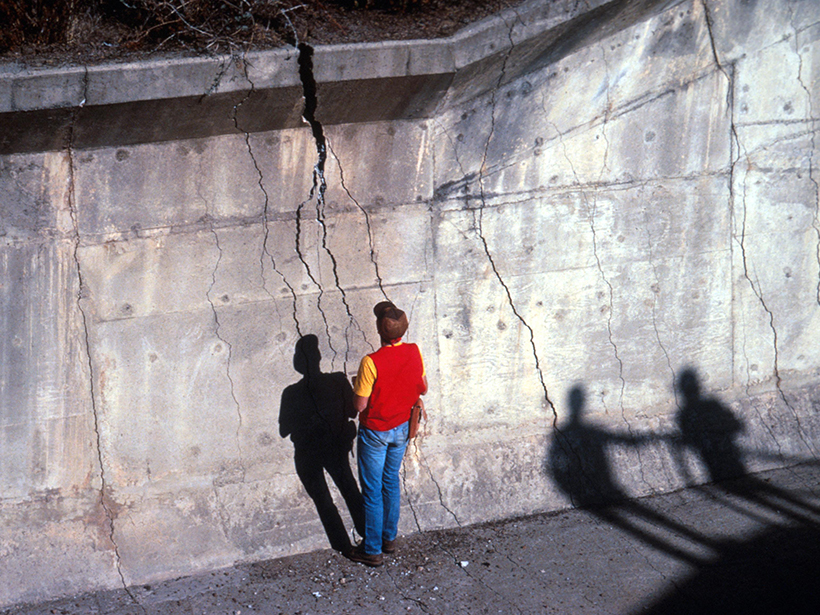Source: Geophysical Research Letters
Every earthquake begins small: Earth rumbles and starts grinding along a fault, and the land slips, moves, and tears. What determines whether the initial rupture continues to grow into an enormous, devastating earthquake or a tremble that only registers on the most sensitive instruments?
Seismologists have long debated whether the strength of the initial rupture can be used to predict the magnitude of the resulting earthquake. It might seem like the larger the push that starts the earthquake is, the larger the earthquake will grow and the farther it will propagate; such a relationship would make it possible to predict deterministically which ruptures will lead to the most damaging outcomes.
However, rupture processes are heavily influenced by feedback mechanisms, and their dynamics are affected by the stress distribution the rupture encounters on its path. Here Meier et al. provide new evidence that the initial rupture cannot be used to predict the magnitude of the resulting earthquake.
If rupture onsets were diagnostic of the rupture’s future development, the differences between small and large earthquakes would be easiest to observe on recordings taken close to the earthquake epicenter, where seismograms are simple. For both larger earthquakes and smaller events (M4–M8), the authors examined near-source data (taken less than 25 kilometers from the tremors’ hypocenters, or point of rupture), tracking how ground motion develops over time.
They found that, on average, small and large ruptures follow the same initial development. After this same start, it takes 5–6 seconds for the largest events (M > 6.5) to become significantly different from the smaller M6 events. The authors conclude that there is no correlation between the characteristics of the initial rupture and the size of the final event.
This finding supports the idea that a rupture’s evolution is determined by changes in its dynamic energy balance as it propagates through a complex landscape of high and low stress levels, making the evolution of earthquakes over time difficult or impossible to predict. (Geophysical Research Letters, doi:10.1002/2016GL070081, 2016)
—Leah Crane, Freelance Writer
Citation:
Crane, L. (2016), All earthquakes are created equal, Eos, 97, https://doi.org/10.1029/2016EO059415. Published on 19 September 2016.
Text © 2016. The authors. CC BY-NC-ND 3.0
Except where otherwise noted, images are subject to copyright. Any reuse without express permission from the copyright owner is prohibited.

